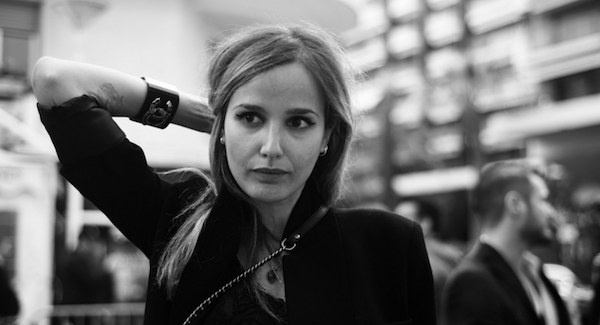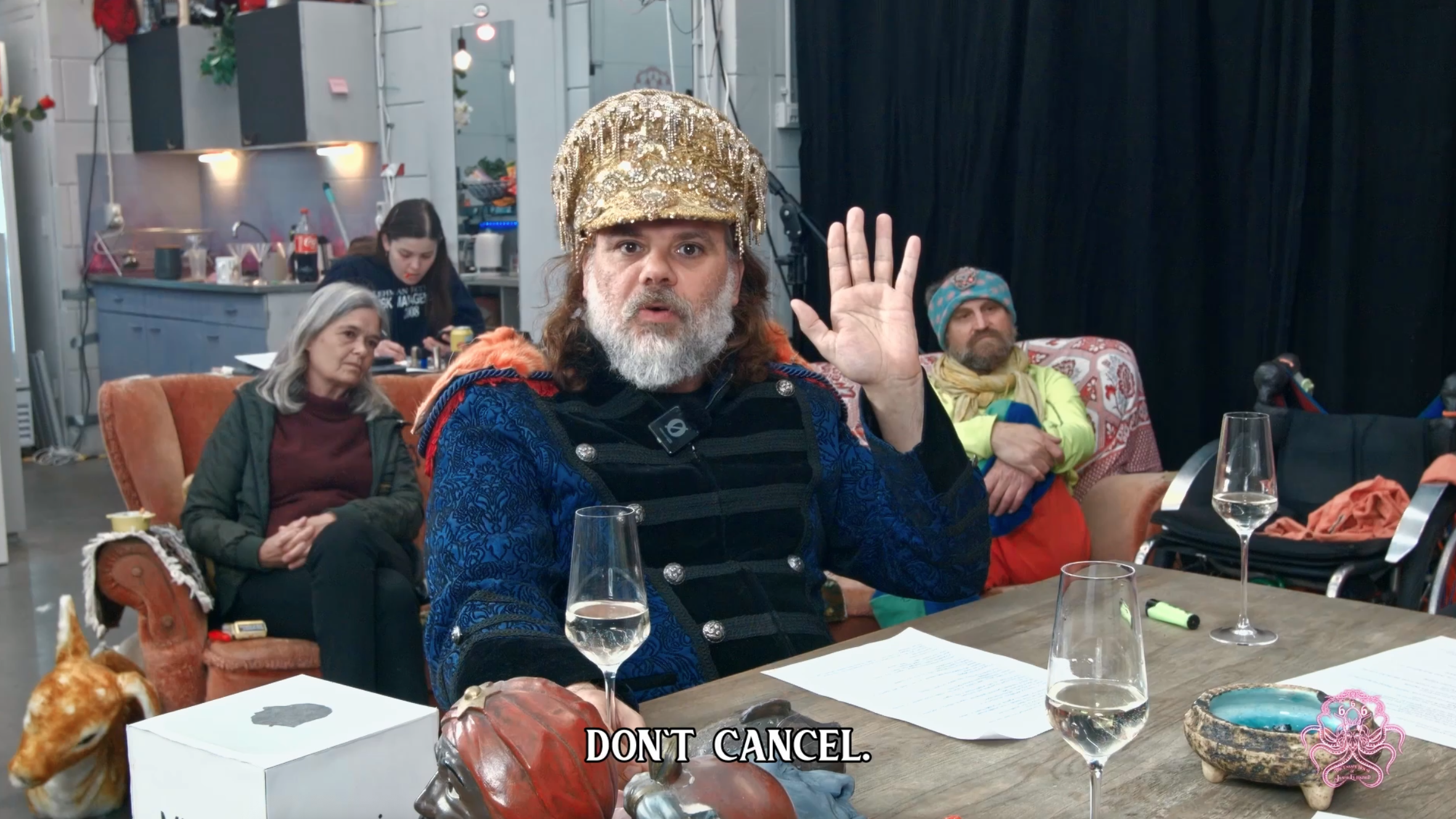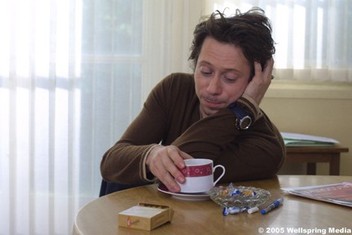Julia Ducournau first gained attention as writer/ director in 2011 when her short film ‘Junior’ was selected at the critics’ week in Cannes. The film would also win the Audience Award at the Festival Premiers Plans in Angers. She first came to my attention in 2016 with the release of ‘Raw’, a brilliantly witty yet horrifying (especially for vegetarians) twist on the flesh-eating horror genre which reportedly had some fainting in the cinema aisles. So it goes. The film would go on to win a host of awards at various international film festivals (Sundance, Sitges, Toronto) and her latest and second feature, ‘Titane’ recently won the Palm d’Or at the 2021 Cannes Film Festival. Here, in a shorter interview than I’d like, Ducournau discusses her latest film, it’s relationship with ‘Raw’, and divulges some insight into her methodology.
Ms Ducournau, can you tell me about the writing in Titane and how it took shape?
I sensed I was facing a very complex puzzle, with dense matter that I clearly needed to simplify. But I had to be careful or I’d risk losing the existential scope I was aiming for. It was a real balancing act. To give TITANE its definitive shape, I honed in on the character of Vincent [Vincent Lindon] and his fantasy: this idea that through a lie, you can bring love and humanity to life. I wanted to make a film that initially may seem unlovable because of its violence, but then we grow deeply attached to the characters, and ultimately we receive the film as a love story. Or rather, a story about the birth of love because here, everything is a question of election.
Can you talk about the post title sequence where we’re introduced to Agathe Rousselle (Alexia) as an adult?
That sequence is there to impose a certain vision – not my vision – of Alexia, or more accurately, who others want her to be. This vision idealizes her, forcefully iconizes and sexualizes her, makes her obey a whole series of clichés. I see it as a decoy: we’re exploring a surface layer that hints at the ocean we’re about to plunge into, where we’ll discover a femininity with very blurry contours. I wanted this sequence to be both extremely organic and totally disconnected from reality. The Alexia presented to us here does not align with the truth of the character.
What was the casting process like for the part of Alexia?
I knew right away she’d have to be an unknown face. As she goes through her mutations I didn’t want people thinking they’re watching the transformation of a physically familiar actress. I mention above a ‘femininity with blurry contours’. I needed an unknown to embody that. Someone the audience couldn’t project any expectations onto. Someone they could watch transform as the story plays out without being conscious of the artifice. So I went straight to non-professional young women. I had a certain androgynous physique in mind, one that could endure the various transformational states that playout for the camera. I wanted a face that would change with the angle of the shot. A face that could make us believe anything. So the casting was both vast and precise. I knew there’d be a lot of work for whoever I chose. Not so much rehearsing lines (Alexia is practically mute) but in the acting itself. I’d have to go digging for something inside her, push her to places she wasn’t used to going, and obviously that takes time. When I saw Agathe [Rousselle] for the first time at a casting session, she really stood out. She had the right physique and a fascinating face, but also a presence. She commanded the screen, and that’s exactly what I wanted.
What about Vincent Lindon’s character?
For the character of Vincent it was far simpler: I wrote the role for Vincent Lindon. We’ve known each other for a long time. I wanted to film him and show him to everyone the way I see him. His character required a range of emotions that, in my eyes, only he is capable of: at once scary and vulnerable, childlike and dark, deeply human yet monstrous… especially with that impressive hulk of a body. In preparation for the role he did serious weightlifting for a year. I wanted him beefy like an ox, reminding us of Harvey Keitel’s massiveness in Abel Ferrara’s Bad Lieutenant. We got along beautifully during the shoot and I’m very proud of that. Vincent trusted me. He accepted the idea of surrendering to the character without necessarily holding all the keys to my cinema. He was exceptionally generous in what he gave to the role and to me. I think I got something from him that he himself was looking for at this stage in his career. I came along at the right time, if you will.
Can you say how you achieved the many special effects in TITANE?
The biggest challenge by far were the prosthetics Agathe [Rousselle] had to wear. She spent long, laborious hours in makeup every day, which was exhausting for her and stressful for us, as every little touchup obviously takes time. The prosthetics were a central part of our daily schedules. It’s funny, because I’ve been using them since Junior and every time I say to myself, ‘Never again, too much hassle!’ Then I go right back and do it again on the next film! (laughter) But the thing is, for actors, prosthetics are true companions in the acting process. And they’re so organic on screen.
And you again teamed up with Rubens Impens who worked on RAW. What did brief did you provide for this film?
I often used the word ‘malfunction’ to evoke the film’s transformations. ‘Derailment’ too, because the story is peppered with machines and metal. Ruben and I worked hand in hand. We did the shot list together, the lighting chart together, we were practically joined at the hip on set… We started by figuring out what machinery we’d need on the film, because we shared frustration from not having played on that more in RAW. And we discussed how to do something graphic without losing the characters in the process. When it comes to lighting, I work a lot within a cold/hot dichotomy. TITANE is concerned with metal and fire, so the cold/ hot relationship had to be ever-present. Ruben and I wanted to take a deep dive into contrast. We were constantly flirting with the limit, the limit being the cartoon: one step further and we could fall into cartoonish. We had to stay in the reality of the film. Push the shadow/light envelope as far as we could, without getting lost in an ultra-stylization that would suck the blood out of the characters and the action. We focused more on pictorial references than film references, the paintings of Caravaggio in particular. I also showed Ruben Summer Night by Winslow Homer and THE EMPIRE OF LIGHT series by René Magritte to give him an idea of what I was looking for in the contrasts. I wanted light to spring from the shadows in the same way emotion gushes after an initial shock. I also wanted lots of colors, to break with the darkness of the story and avoid an impression of inescapable sordidness. For the many nude scenes, which I wanted as non-sexualized as possible, I tried to use lighting to reinvent the skin each time. Our work with color made it possible to bring new textures, meanings, and emotions to the skin itself.
Another thing which struck me is the music. Where you again work with Jim Williams, what spec did you give him?
I asked him to use percussions and bells. And I insisted on the bells. Why? Because I absolutely wanted to incorporate metal into the score. I wanted music that sounded metallic while still being melodic. As with RAW, I wanted a memorable recurring theme that would vary according to my characters’ trajectories. TITANE goes from animal to impulsive to sacred. To help us feel that progression, the music must also fluctuate, hybridize, transform. We go from percussion to bells to electric guitar and sometimes everything combined. Then voices come in, bringing a liturgical dimension to the film. I asked Jim [Williams] to work on creating a momentum towards the sacred. His music also needed to be like bursts of light in the shadows.
Julia Docournau, thank you.
And thank you to Wild Bunch International.
Read more interviews like this right here on Feltenshaum INK
AND NOW A WORD FROM OUR SPONSOR, KIND OF….
Support the ongoing ink  Felten Ink is an online publication offering insights and inspiration from the world’s best artists, writers, and musicians. Despite ongoing costs, we have kept the project advertising free. For that to continue, we humbly request your support. A small donation will help our team continue to carve out a small, weird little nook of ad-free creativity in a sea of corporate sponsorship, one that is hoping to expand its offerings beyond print and into the next era of audio and visual storytelling. If you’re a living being that gives a fuck about art, music, culture then please support us.
Felten Ink is an online publication offering insights and inspiration from the world’s best artists, writers, and musicians. Despite ongoing costs, we have kept the project advertising free. For that to continue, we humbly request your support. A small donation will help our team continue to carve out a small, weird little nook of ad-free creativity in a sea of corporate sponsorship, one that is hoping to expand its offerings beyond print and into the next era of audio and visual storytelling. If you’re a living being that gives a fuck about art, music, culture then please support us.


